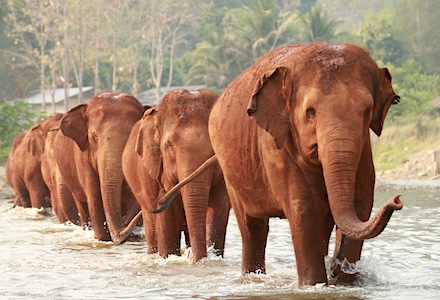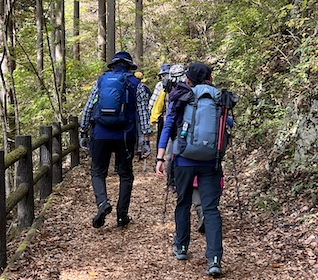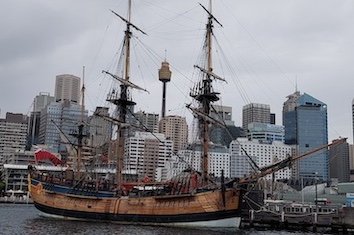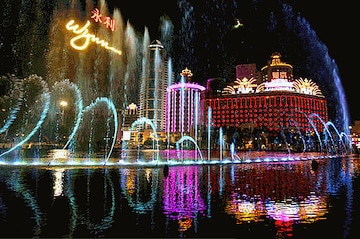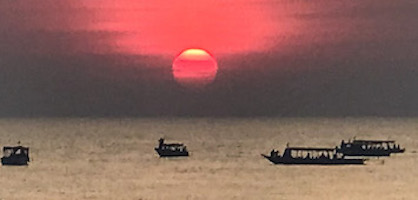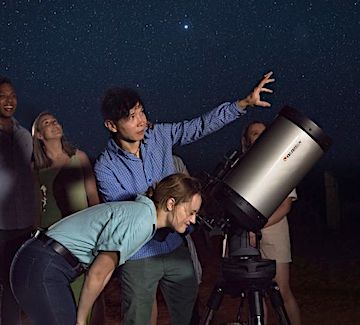Saving The Elephants In Northern Thailand’s Sanctuaries
Long before British colonists arrived in Burma in 1824, the hill tribes of Burma (Myanmar) and Thailand domesticated more than six million elephants, transforming the largest land animal into a beast of burden. They pulled heavy teakwood logs from the forests of the upper Salween River, raised great stones to build ancient cities like Bagan, and led warrior kings into battle against rival Asian powers. Thankfully, elephants don’t have to do that anymore. But history has done irreparable harm to the Asian elephant population. Whereas the wild population was once estimated to have been more than 100,000, it is now less than 50,000 across 13 countries, according to the World Wildlife Fund. Today, about 15,000 are in captivity, with the greatest number of those in northern Thailand. Read More


